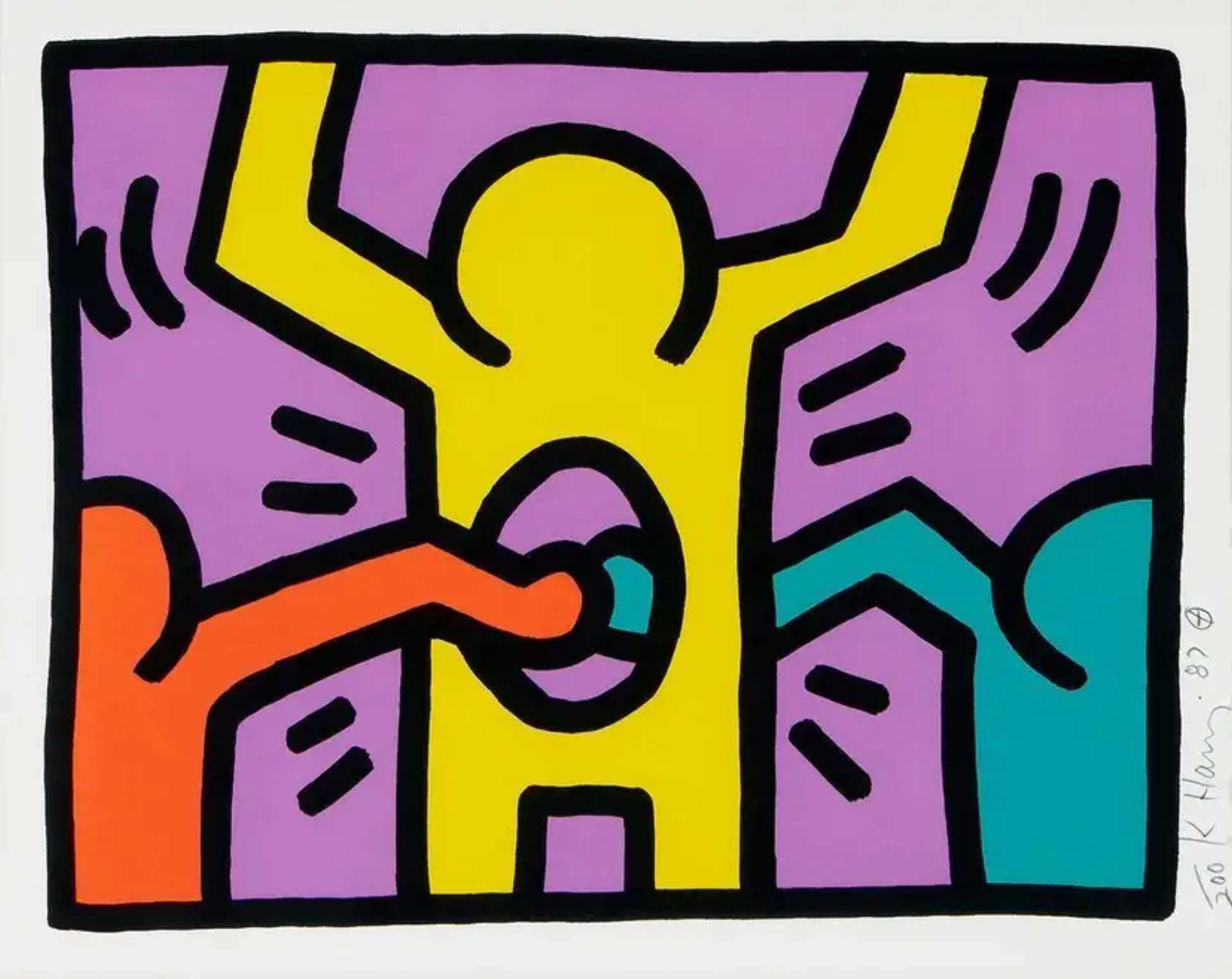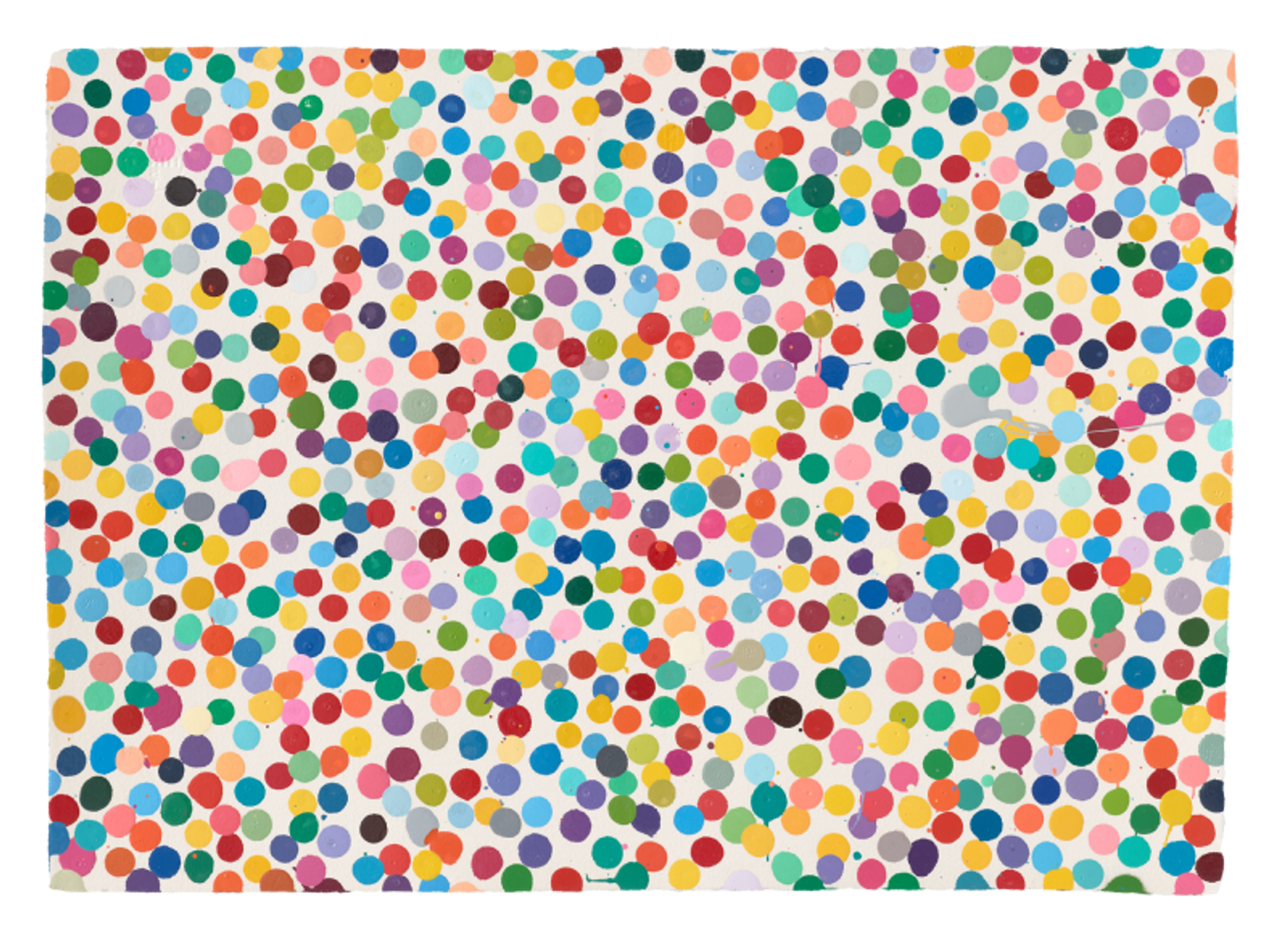The Role of Education in Art Collecting

 Apocalypse 6 © Keith Haring 1988
Apocalypse 6 © Keith Haring 1988
Interested in buying or selling
work?
Live TradingFloor
Art education plays a crucial role in the world of collecting. Whether you are a seasoned collector or just starting out, a solid understanding of art history and appreciation is essential to making informed and successful purchases. Not only does it allow for a deeper appreciation of the works themselves, but it also helps to cultivate a discerning eye and a strong sense of personal taste.
The Importance Of Art Education In Collecting
Without an education in art, it can be challenging to navigate the vast and varied landscape of contemporary and historical artworks. Understanding the context in which an artwork was created, its cultural significance, and its place within art history are all crucial elements to consider when making a purchase. Additionally, art education can help collectors develop their own style, guiding their collecting journey and lead to a more cohesive, meaningful and profitable collection.
Building Art Knowledge: Understanding Art History, Movements, and Styles
Building a strong foundation in art knowledge begins with understanding art history. Art history provides a chronological overview of art movements and styles throughout history, helping collectors to understand the context in which an artwork was created and the ways in which they have been influenced by social, cultural, and historical factors.
In addition to understanding art history, it is also important to be familiar with various art movements and styles. From Impressionism to Surrealism, each movement has its own unique characteristics and influences. Understanding these movements and styles can help collectors to identify artworks that align with their personal tastes and interests, as well as help them to appreciate the individuality and significance of each piece.
Learning about the different styles of art can also help collectors to make informed purchases. Whether it's abstract art or figurative art, knowing the characteristics and techniques associated with each style can help collectors to better evaluate an artwork's value and quality. Fortunately, online resources have helped to make this information more widely accessible.
Navigating the Art Market: Understanding Valuation, Appraisal, and Authentication
Navigating the art market can be a daunting task, but having a basic understanding of valuation, appraisal, and authentication can make the process much easier.
VALUATION
Valuation is the process of determining an artwork's worth in the current market. Factors that can impact valuation include the artist's reputation, the rarity of the artwork, and its condition.
APPRAISAL
Appraisal is the process of assessing an artwork's value. Appraisals are typically performed by qualified appraisers who have expertise in the specific type of artwork being assessed. It is important to ensure that the appraiser is reputable and unbiased, and that they have no conflicts of interest. A valid appraisal can help collectors to ensure that their artwork is properly insured and that it is included in their estate planning.
AUTHENTICATION
Authentication is the process of determining the authenticity of an artwork. This is important because forged artworks can have a significant impact on their value and can even lead to legal issues. Authentication is typically done by experts in the field who have experience with the specific artist or artwork in question. Collectors should ensure that the authentication process is thorough and that the experts involved are reputable and unbiased.
Identifying Valuable Artworks: Techniques for Assessing Quality and Value
ESTABLISH PROVENANCE
Identifying valuable artworks requires a combination of art knowledge and market expertise. One technique for assessing quality and value is to examine an artwork's provenance, or ownership history. The more prestigious and well-known the previous owners, the more valuable the artwork is likely to be. It is also important to consider an artwork's condition, as well as any damage or restoration that may have been done. Generally speaking, the better the condition of the artwork, the more valuable it is likely to be.
DETERMINE SIGNIFICANCE
If an artwork is one-of-a-kind, or if there are only a few known examples of it, it is likely to be more valuable than a more common artwork. Works that are associated with significant historical events or cultural movements are often highly sought after by collectors.
RESEARCH REPUTATIONS
Artists who are highly sought after and have a strong reputation in the art world tend to have more valuable artworks. This can be determined by looking at auction records, as well as the number and quality of exhibitions that the artist has had. It is also important to consider the artist's career trajectory and potential for future success. Collectors who can identify up-and-coming artists may be able to acquire their artwork at a lower cost, with the potential for significant future value appreciation. When it comes to blue chip artists, like Pablo Picasso, Andy Warhol, and David Hockney, collectors can expect greater and more steady value growth over time.
 MyPortfolio © MyArtBroker 2023
MyPortfolio © MyArtBroker 2023Making Informed Decisions: The Benefits of Art Consulting and Advisory Services
Making informed decisions in the art world can be a daunting task for collectors who are new to the market. That's where art consulting and advisory services can be particularly helpful. These services offer a range of expertise, including guidance on building a collection, evaluating the quality and value of artwork, and navigating the art market. Art consultants and advisors are typically experts in their fields, with deep knowledge of specific artists, movements, and markets.
ACCESSIBILITY
One of the key benefits of working with an art consultant or advisor is access to their expertise and network. They can provide access to a range of resources, including private sales, auctions, and galleries, as well as offer guidance on negotiating prices and ensuring the authenticity of artworks. Art consultants and advisors can also help collectors to develop a long-term strategy for building a collection, based on their specific interests and goals.
With MyPortfolio, collectors can build and track their entire portfolio of prints and editions: enabling them to track value growth of specific works, and across a collection. If you are looking to buy and sell any artworks you see on our website, you can add them to your MyPortfolio dashboard and watch its market performance in real time. With this industry defining technology, we have made art portfolio management more accessible than ever before, and equip you with the expertise and data-driven knowledge to become an informed decision maker.
EASE
Secondly, art consulting and advisory services can provide a range of administrative support. This can include assistance with shipping and handling of artworks, arranging storage and insurance, and providing detailed documentation and inventory management. This support can be particularly valuable for collectors who are building large or complex collections.
AUTOMATED SUPPORT
Navigating the art world can be a time-consuming and complicated process, particularly for those who are not familiar with the market. Art consultants and advisors can help to streamline this process, providing guidance and support that can save collectors time and money in the long run. By working with these services, collectors can focus on their passion for collecting, while leaving the details to the experts.
Continuing Your Art Education: Workshops, Courses, and Seminars
Continuing your art education is crucial for both novice and experienced art collectors. Workshops, courses, and seminars offer a range of opportunities to expand your knowledge of art history, theory, and practice.
LEARN FROM THE EXPERTS
One of the key benefits of art education programming is the opportunity to learn from experts in the field. Webinars and workshops are often led by experienced artists, curators, and scholars, who offer unique insights and perspectives on various aspects of art.
At MyArtBroker, we are powered by two things: data-driven technology and human industry experts. With our experts by your side, and a MyPortfolio dashboard, we can offer you a curated personal experience to help you build a lucrative art collection.
BUILD YOUR NETWORK
Workshops, online courses, and seminars usually provide a forum for networking and collaboration, allowing participants to meet and learn from others who share their passion for art. These connections can be valuable for building relationships within the art community, as well as for gaining access to resources and opportunities that may not be available otherwise
MAKE BETTER PURCHASES
By learning about different techniques, styles, and movements in art, you can develop a better understanding of what makes a high-quality artwork. This knowledge can help you to make more informed decisions when it comes to building your collection, as well as assessing the value and potential of artworks you may already own.
The Value of Art Education for Collectors
Art education is an essential component of successful art collecting. Collectors who invest time and resources into building their knowledge of art history, movements, and styles, as well as understanding the art market, valuation, and authentication, are better equipped to make informed decisions about building and managing their collections. By combining the techniques and benefits outlined in this article, collectors can make informed decisions when it comes to building their collections, assessing the value and quality of artwork, and navigating the art market.








